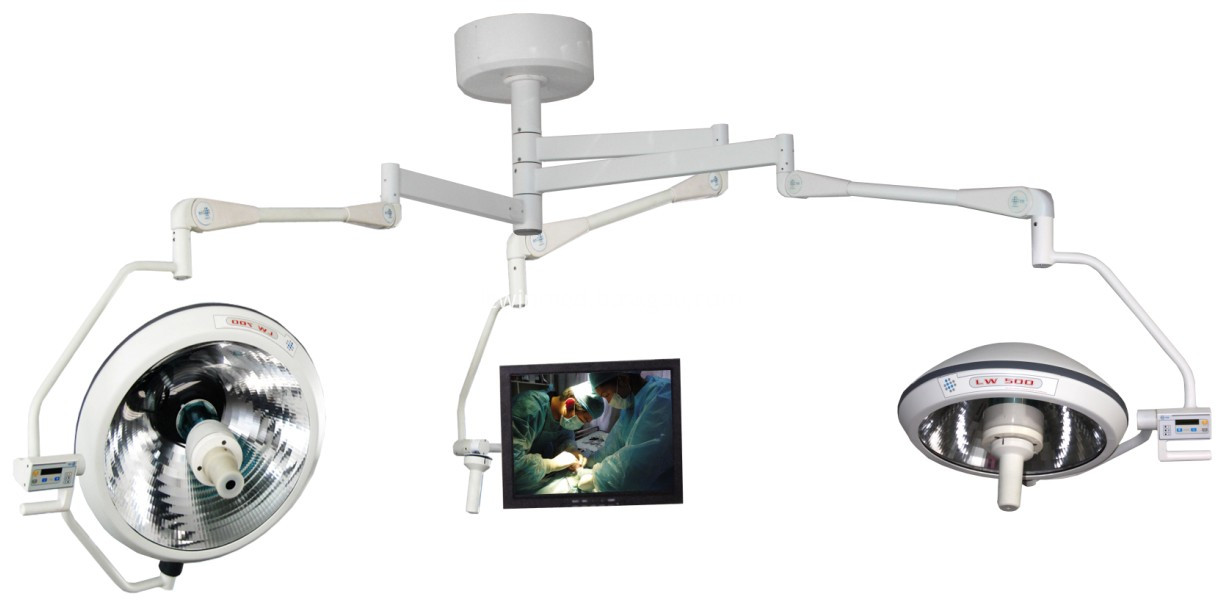Onion Anniversary Cultivation Technology
First, variety selection Weeping onion anniversary cultivation to choose cold-resistant, drought-tolerant, heat-resistant, adaptable, light green long-term, non-delivery varieties, such as Chinese giant onions, Zhangqiu green onions and so on. Second, the mouth arranging arrangements (a) from January to March, spread in the greenhouse and broadcast in March and May. (b) In mid-to late March, small arches will be planted in flat pods, harvested in June, or transplanted in mid-June, and marketed or stored in winter from October to November. (3) Seedlings were sown in open field in early April, transplanted in mid-to-late June, planted in broad-leaved trees, exposed to winter, and buds were removed from March to April of the following year, and harvested from April to May. (D) July-August sowing seedlings, transplanted in early September to November, dense planting (plant spacing 3 cm), exposed winter, third year of April to remove buds, harvested from May to July market. (E) Seedlings will be planted in the middle and late September, wintering in open fields, and harvested from March to April in the following year. (Six) Seedlings are planted in the middle and late September, transplanted in mid-April of the following year, harvested from July to August, or transplanted in June of the following year, and harvested from the market from October to November. (7) Sowing in greenhouses from late August to early September, sheds in mid-October, and from December to February in the following year. Third, management technology (a) winter and spring seedbed management. Before winter, young green onion seedlings should have 2 to 3 leaves, according to the temperature and soil moisture in the frozen before pouring 1 winter water, and then covered with a layer of fully decomposed farmyard fertilizer, in order to protect the earthworms, insulation, to ensure safe wintering seedlings. In spring, when the temperature rises, the seedlings enter the rapid growth period. One to two times, the seedlings will be about 3 cm apart. Second, in combination with watering, topdressing quick-acting nitrogen fertilizer or NPK compound fertilizer 2 to 3 times, each time 10 to 15 kg per acre, prompting the rapid growth of seedlings, harvesting small green onions to market or cultivate robust seedlings for transplanting. (b) Summer seedbed management. In summer, when the nursery is in high temperature and rainy season, the key to management is to do three defenses: one is to prevent pests and diseases. The second is to prevent grass damage. Before the seedlings are sown, close the soil with 33% of weeding and 100 ml spray per acre, and manually remove the grass 2 or 3 times to completely eliminate the weeds. Three waterproof stains, seedlings to do drought can be poured, squatting can row, the seedbed can not be water. (c) Transplanting. Before transplanting, sufficient base fertilizer should be applied, and 6,000 kg of high-quality farmyard fertilizer, 30 kg of phosphate fertilizer, 50 kg of NPK fertilizer, and 1/3 of total base fertilizer should be applied per mu, and 2/3 concentration of furrow should be applied. When transplanting, seedlings should be graded. Large and small seedlings cannot be mixed. If green onions can be properly planted, spacing 60 to 70 cm, spacing 3 to 4 cm; if the onion is listed, the spacing 80 cm, spacing 5 cm. After transplanting, it should be timely and cultivating loose soil, flat ridge, remove the compaction, and promote the growth of welsh onion roots. Combined with water topdressing nitrogen, phosphorus and potassium compound fertilizer, topdressing 30 kg per mu. Depending on the growth of green onions and seedlings in time to cultivate soil, promote the formation of light blue. 4. Soil treatment technology for heavily populated green onions should not be planted heavily, otherwise it will seriously affect the yield. If the crop is heavily planted, the soil must be treated. (1) Increase the use of fully cooked farmyard fertilizers and phosphorus and potash fertilizers to supplement the trace elements such as sulfur, zinc, calcium, magnesium, and iron needed for the growth of Chinese green onions to promote the healthy growth of Chinese green onions and increase disease resistance. (b) Using Greenhenge No. 1 to sterilize the soil.
Halogen Operating Lamp With Camera System. The built-in compact structure offers large scope of activity,flexible turning and stable performance, The use of effects is very good. Installation:the basement should support a burden of 500Kg;the lowest height for instal lation is 2.9m;If the height of the celling is more than 3.2m,one extension rack should be added(it can specially made by us). Micro-computer digital control has 8 shift scales and a good anti-jamming ability under AC180V-250V; Halogen Operating Lamp With Camera System with back up bulb automatic switch function ,auto-swift of backup bulb in 0.2 seconds faster than 0.5 seconds of other lamps will not effect the procedure of operation surgery;Soft boot device and an effective increase of bulb life-span.
Halogen Operating Lamp With Camera System Camera Ceiling Operating Light,Camera Ceiling OT Light,Camera Operating Room Lamp,Camera Surgical Room Lamp Shandong Lewin Medical Equipment Co., Ltd. , https://www.lewinmed.com